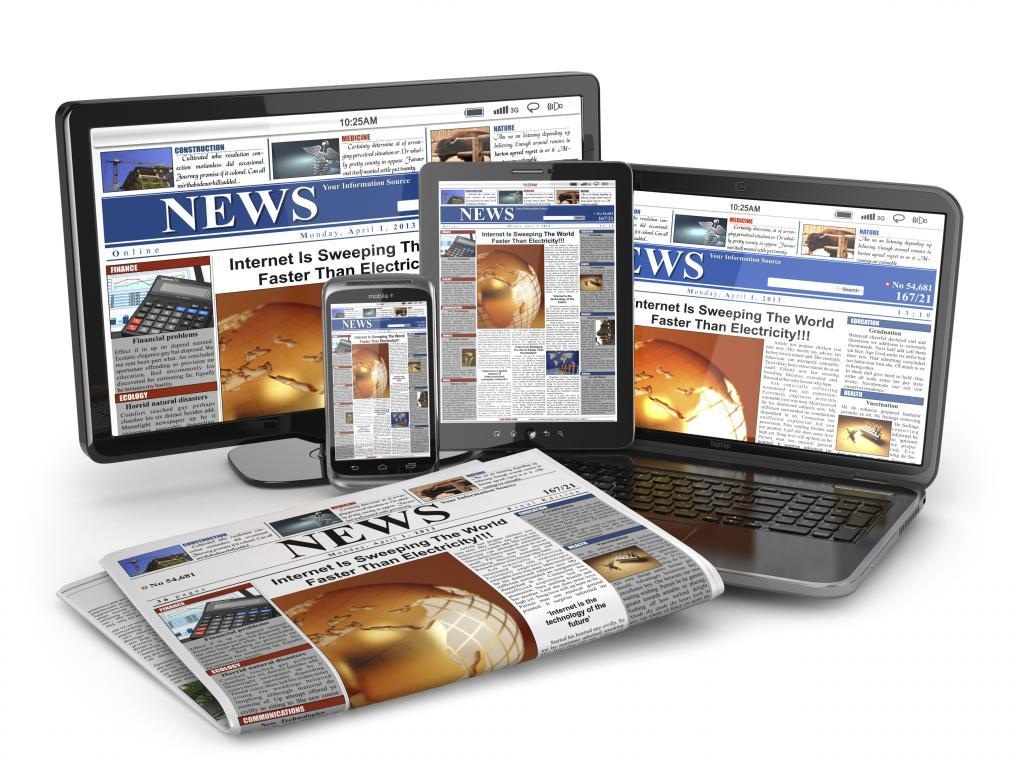As technology and digital media is becoming more advanced, there has been a lot of discussion on how traditional marketing has been changed by digital platforms. As new digital methods continue to expand and grow, some believe this could be the end of traditional media as we know it. In the debate, one side claims that digital is king, while the other insists that traditional media still holds appeal. Both arguments have merit, but the idea that print is dead is mistaken.
Even though we’re now tech-savvy as a society, print media is something that has stuck around and that’s because it’s reliable! For example; 80% of people never click on an online banner ad. Considering the competition and the amount you’ve used from your marketing budget, is it worth it for that small 20% of the population who will actually click on your ad? Print media offers the receivers something to grasp in their hands, something real.
The benefits of print media
When it comes to magazines, 63% of adults in Britain are still reading physical copies, according to a YouGov study which also showed that only one in ten adults in the UK regularly read magazines online. With monthly magazines from big names such as Vogue, Cosmopolitan and Elle, the best way to get your advertisement noticed is through monthly magazines.
Print media has always been effective in local communities as it’s a great way to engage with an audience you already know, whether this is printing new menus for cafes or promoting a day care. Considered as a trusted source for news and other information, print media continues to generate engagement from versatile and creative publications.
Using print media can be very affordable compared to digital media promotion, it also allows you to be more creative with your designs. From leaflets to magazine advertisements and local newspapers, your campaign becomes tangible for the reader. Giving your audience something physical to hold in their hands and read brings your campaign to life and into reality — for audiences, what they are holding is something real to engage with. A digital advertisement can disappear in seconds into cyber space, but a magazine, newspaper or leaflet can stay in houses or offices for months.
Print media has lower competition than digital media advertisements, as online platforms have now become overcrowded. Therefore, your online advertisement might not be as impactful.
Paying into the economy
Leaflet distribution specialists, Direct Letterbox Marketing (DLM), has looked at the economic factors:
Regardless of the rise in digital media, in local areas print media is benefitting the economy. Local newspapers are one of the biggest contributors. In the second half of 2014, the London Evening Standard paper circulated 824,515 copies, an increase of 21.9% from the previous six months. Although smaller publications, such as the Sunderland Echo (18,876) and the Birmingham Mail (30,597), were among the worst-performing titles, they still circulated in the thousands during this six-month period. There is clearly still a market for regional papers despite the rise of online news platforms. Local, paid-for newspaper publications help to put money back into the region.
A common leaflet that is regularly printed is takeaway menus, another way to boost the local economy as you’re working with local businesses. As new businesses open around the region, leaflet distribution is one of the best ways to spread the word. While some people consider direct mail to be a bit of nuisance, it makes people aware that you exist and there is a reason that the method is still being used — it is a trusted and traditional form of marketing. For new businesses, it draws locals towards your brand. Food and dinner trends have evolved too, meaning more and more people are choosing to eat out or order takeaways instead of having a traditional homecooked meal.
Local takeaways are able to use direct mail and print media to promote their products to their target audience and make them aware of their services. And of course, this leads to a return in money invested by the business, improving successful economic development in the local area.













Comments